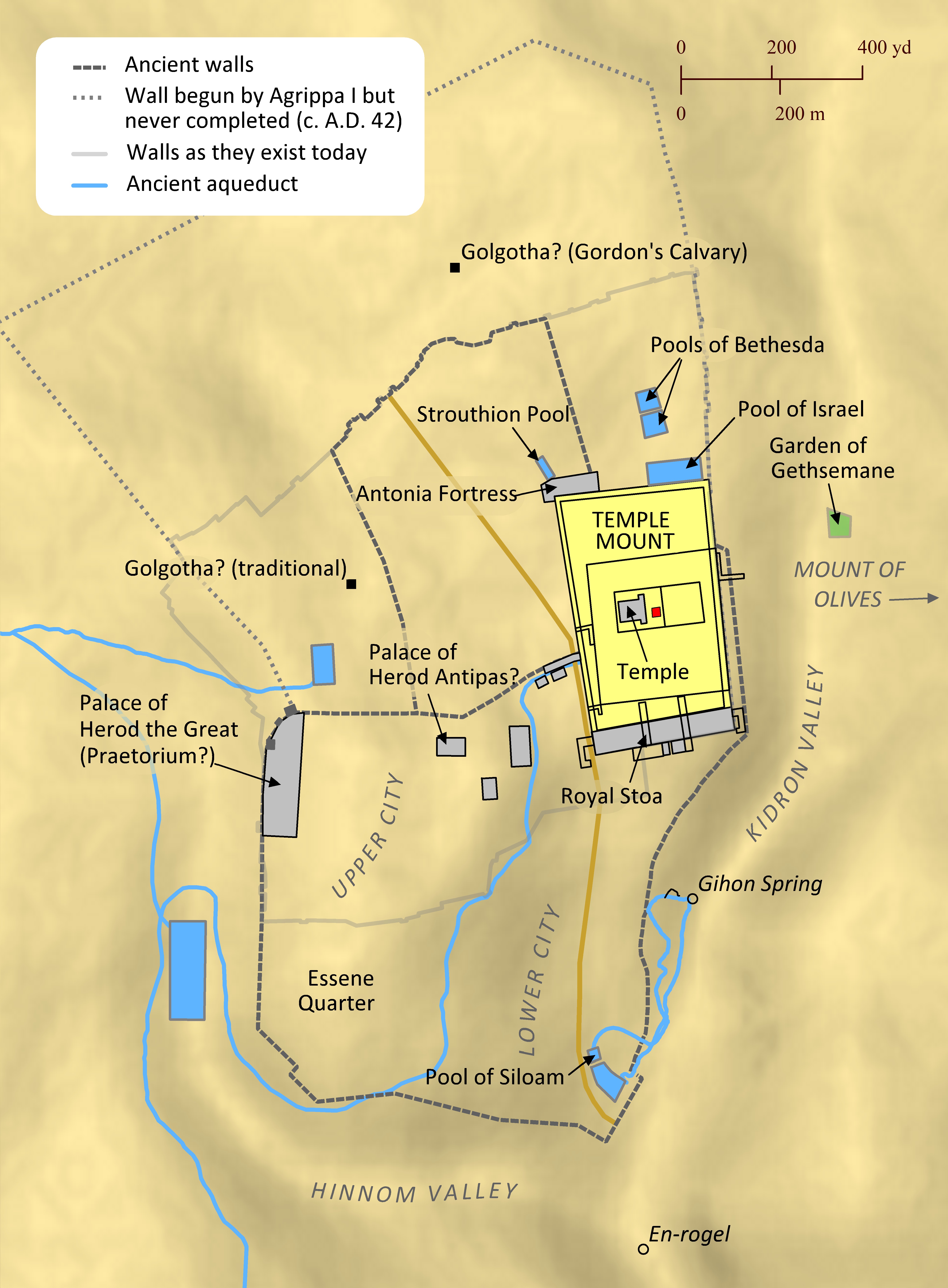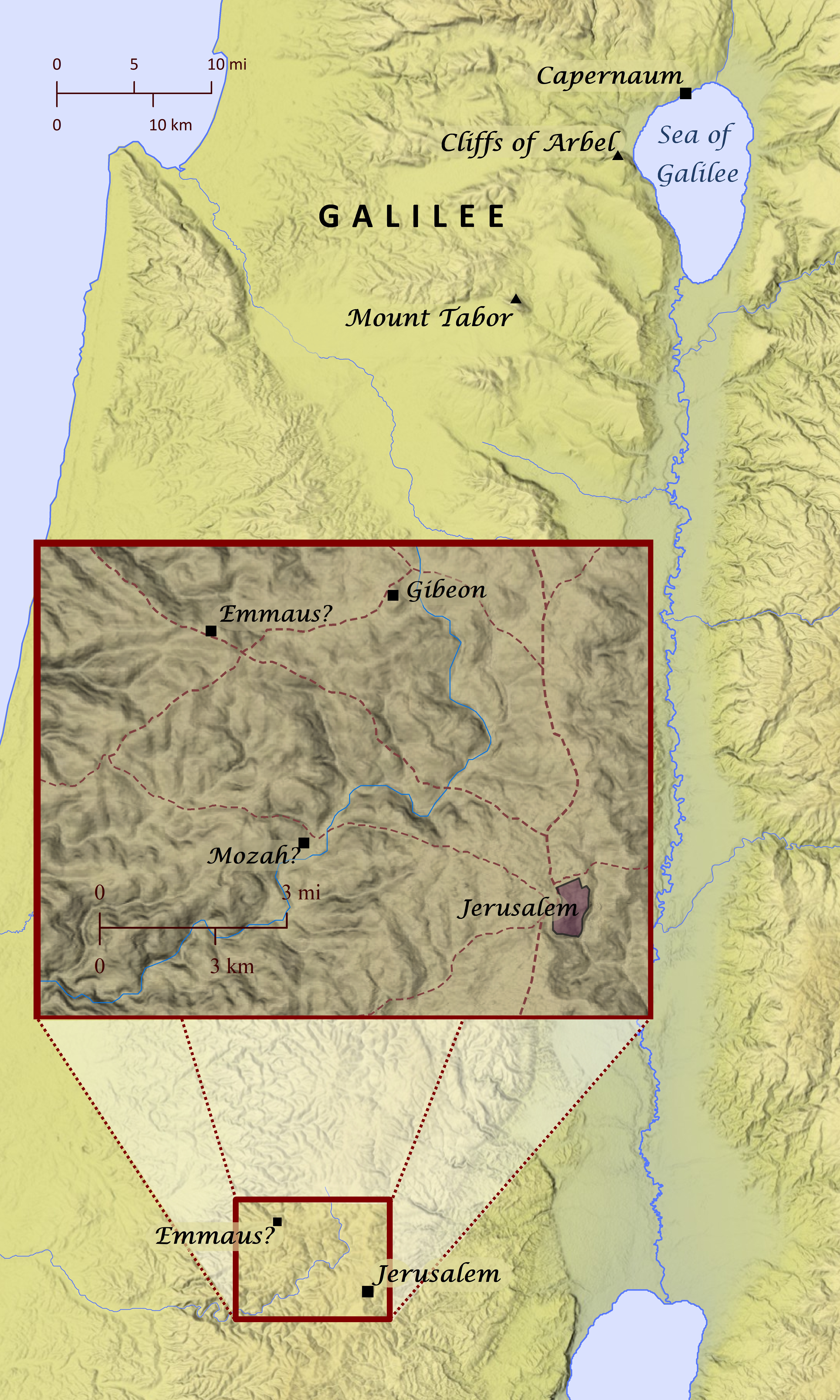Note: This view shows ‘verses’ which are not natural language units and hence sometimes only part of a sentence will be visible—click on any Bible version abbreviation down the left-hand side to see the verse in more of its context. Normally the OET discourages the reading of individual ‘verses’, but this view is only designed as a tool for doing comparisons of different translations—the older translations are further down the page (so you can read up from the bottom to trace the English translation history). The OET segments on this page are still very early looks into the unfinished texts of the Open English Translation of the Bible—please double-check these texts in advance before using in public.
AICNT I composed the first account about all things, O Theophilus,[fn] which Jesus began both to do and to teach,
OEB The first account which I drew up, Theophilus, dealt with all that Jesus did and taught from the very first,
WEBBE The first book I wrote, Theophilus, concerned all that Jesus began both to do and to teach,
WMBB The first book I wrote, Theophilus, concerned all that Yeshua began both to do and to teach,
NET I wrote the former account, Theophilus, about all that Jesus began to do and teach
LSV The former account, indeed, I made concerning all things, O Theophilus, that Jesus began both to do and to teach,
FBV Dear Theophilus,[fn] in my previous book I wrote about all that Jesus did and taught from the beginning
TCNT The first account I compiled, O Theophilus, was about all that Jesus began to do and teach
T4T Dear Theophilus,
¶ In my first book that I wrote for you, I wrote about many of the things that Jesus did and taught
LEB I produced the former account, O Theophilus, about all ⌊that⌋[fn] Jesus began to do and to teach,
BBE I have given an earlier account, O Theophilus, of all the things which Jesus did, and of his teaching from the first,
Moff IN my former volume, Theophilus, I treated all that Jesus began by doing and teaching
Wymth My former narrative, Theophilus, dealt with all that Jesus did and taught as a beginning, down to the day on which,
ASV The former treatise I made, O Theophilus, concerning all that Jesus began both to do and to teach,
DRA The former treatise I made, O Theophilus, of all things which Jesus began to do and to teach,
YLT The former account, indeed, I made concerning all things, O Theophilus, that Jesus began both to do and to teach,
Drby I composed the first discourse, O Theophilus, concerning all things which Jesus began both to do and to teach,
RV The former treatise I made, O Theophilus, concerning all that Jesus began both to do and to teach,
(The former treatise I made, Oh Theophilus, concerning all that Jesus began both to do and to teach, )
SLT Truly the first word had I made of all things, O Theophilus, of which Jesus began to do and also to teach,
Wbstr The former treatise have I made, O Theophilus, of all that Jesus began both to do and teach,
KJB-1769 The former treatise have I made, O Theophilus, of all that Jesus began both to do and teach,
(The former treatise have I made, Oh Theophilus, of all that Jesus began both to do and teach, )
KJB-1611 ¶ The former treatise haue I made, O Theophilus, of al that Iesus began both to doe and teach,
(Modernised spelling is same as from KJB-1769 above, apart from punctuation)
Bshps In ye former treatise O Theophilus, we haue spoke of all that Iesus began to do and teache,
(In ye/you_all former treatise Oh Theophilus, we have spoke of all that Yesus/Yeshua began to do and teache,)
Gnva I have made the former treatise, O Theophilus, of al that Jesus began to doe and teach,
(I have made the former treatise, Oh Theophilus, of all that Yesus began to do and teach, )
Cvdl The first treatise (deare Theophilus) haue I made of all that Iesus beganne to do and to teache,
(The first treatise (deare Theophilus) have I made of all that Yesus/Yeshua began to do and to teache,)
TNT In the former treatise (Deare frende Theophilus) I have written of all that Iesus beganne to do and teache
(In the former treatise (Dear friend Theophilus) I have written of all that Yesus/Yeshua began to do and teach )
Wycl Theofle, first `Y made a sermoun of alle thingis, that Jhesu bigan to do and to teche,
(Theofle, first I made a sermon of all things, that Yhesu began to do and to teche,)
Luth Die erste Rede habe ich zwar getan, lieber Theophilus, von alledem, das JEsus anfing, beides, zu tun und zu lehren,
(The first speech have I zwar did, love(v) Theophilus, from alledem, the Yesus started, boths, to/for do/put and to/for teach,)
ClVg Primum quidem sermonem feci de omnibus, o Theophile, quæ cœpit Jesus facere et docere[fn]
(Primum indeed conversation I_did from/about to_all, o Theophile, which he_began Yesus to_do and to_teach )
UGNT τὸν μὲν πρῶτον λόγον ἐποιησάμην περὶ πάντων, ὦ Θεόφιλε, ὧν ἤρξατο ὁ Ἰησοῦς ποιεῖν τε καὶ διδάσκειν,
(ton men prōton logon epoiaʸsamaʸn peri pantōn, ō Theofile, hōn aʸrxato ho Yaʸsous poiein te kai didaskein,)
SBL-GNT Τὸν μὲν πρῶτον λόγον ἐποιησάμην περὶ πάντων, ὦ Θεόφιλε, ὧν ἤρξατο ⸀ὁ Ἰησοῦς ποιεῖν τε καὶ διδάσκειν
(Ton men prōton logon epoiaʸsamaʸn peri pantōn, ō Theofile, hōn aʸrxato ⸀ho Yaʸsous poiein te kai didaskein)
RP-GNT Τὸν μὲν πρῶτον λόγον ἐποιησάμην περὶ πάντων, ὦ Θεόφιλε, ὧν ἤρξατο ὁ Ἰησοῦς ποιεῖν τε καὶ διδάσκειν,
(Ton men prōton logon epoiaʸsamaʸn peri pantōn, ō Theofile, hōn aʸrxato ho Yaʸsous poiein te kai didaskein,)
TC-GNT Τὸν μὲν πρῶτον λόγον ἐποιησάμην περὶ πάντων, ὦ Θεόφιλε, ὧν ἤρξατο [fn]ὁ Ἰησοῦς ποιεῖν τε καὶ διδάσκειν,
(Ton men prōton logon epoiaʸsamaʸn peri pantōn, ō Theofile, hōn aʸrxato ho Yaʸsous poiein te kai didaskein, )
Key for above GNTs: red:words differ (from our SR-GNT base).
UTN uW Translation Notes:
Note 1 topic: figures-of-speech / explicit
τὸν μὲν πρῶτον λόγον ἐποιησάμην
the indeed first account ˱I˲_made
Luke assumes that Theophilus will know that by the first account he means the book that has become known as the Gospel of Luke. Since that book was not known by that title at this time, it would not be accurate to put the title in your translation as a name that Luke would have used to describe the book to Theophilus. However, you could explain this in a footnote and use another expression here. Alternate translation: [I wrote in my first volume]
ὦ Θεόφιλε
O Theophilus
Here Luke is identifying and addressing the man for whom he complied this account of the early church. Since this is like the salutation of a letter, in your translation you may wish to follow your culture’s way of identifying and greeting the addressee of a letter. UST models this by saying “Dear Theophilus” and putting the phrase at the beginning of the sentence.
Note 2 topic: translate-names
Θεόφιλε
Theophilus
Theophilus is the name of a man. It means “friend of God.” It may be his actual name, or it may describe what this man was like. Most translations treat it as his name.
Note 3 topic: figures-of-speech / explicitinfo
περὶ πάντων & ὧν ἤρξατο ὁ Ἰησοῦς ποιεῖν τε καὶ διδάσκειν
concerning all_‹things› & ˱of˲_which began (Some words not found in SR-GNT: τὸν μὲν πρῶτον λόγον ἐποιησάμην περὶ πάντων ὦ Θεόφιλε ὧν ἤρξατο Ἰησοῦς ποιεῖν τε καὶ διδάσκειν)
Luke is using the word began to indicate that Jesus had been doing something else (working as a carpenter) but then began to do something new when he started his ministry. In your language, it might not be necessary to translate the word began, since it might seem to convey redundant information that would be not be natural to express. Alternate translation: [all that Jesus both did and taught]
Note 4 topic: figures-of-speech / hyperbole
περὶ πάντων & ὧν ἤρξατο ὁ Ἰησοῦς ποιεῖν τε καὶ διδάσκειν
concerning all_‹things› & ˱of˲_which began (Some words not found in SR-GNT: τὸν μὲν πρῶτον λόγον ἐποιησάμην περὶ πάντων ὦ Θεόφιλε ὧν ἤρξατο Ἰησοῦς ποιεῖν τε καὶ διδάσκειν)
This is a generalization for emphasis. Alternate translation: [about some of the most important things that Jesus did and taught]

